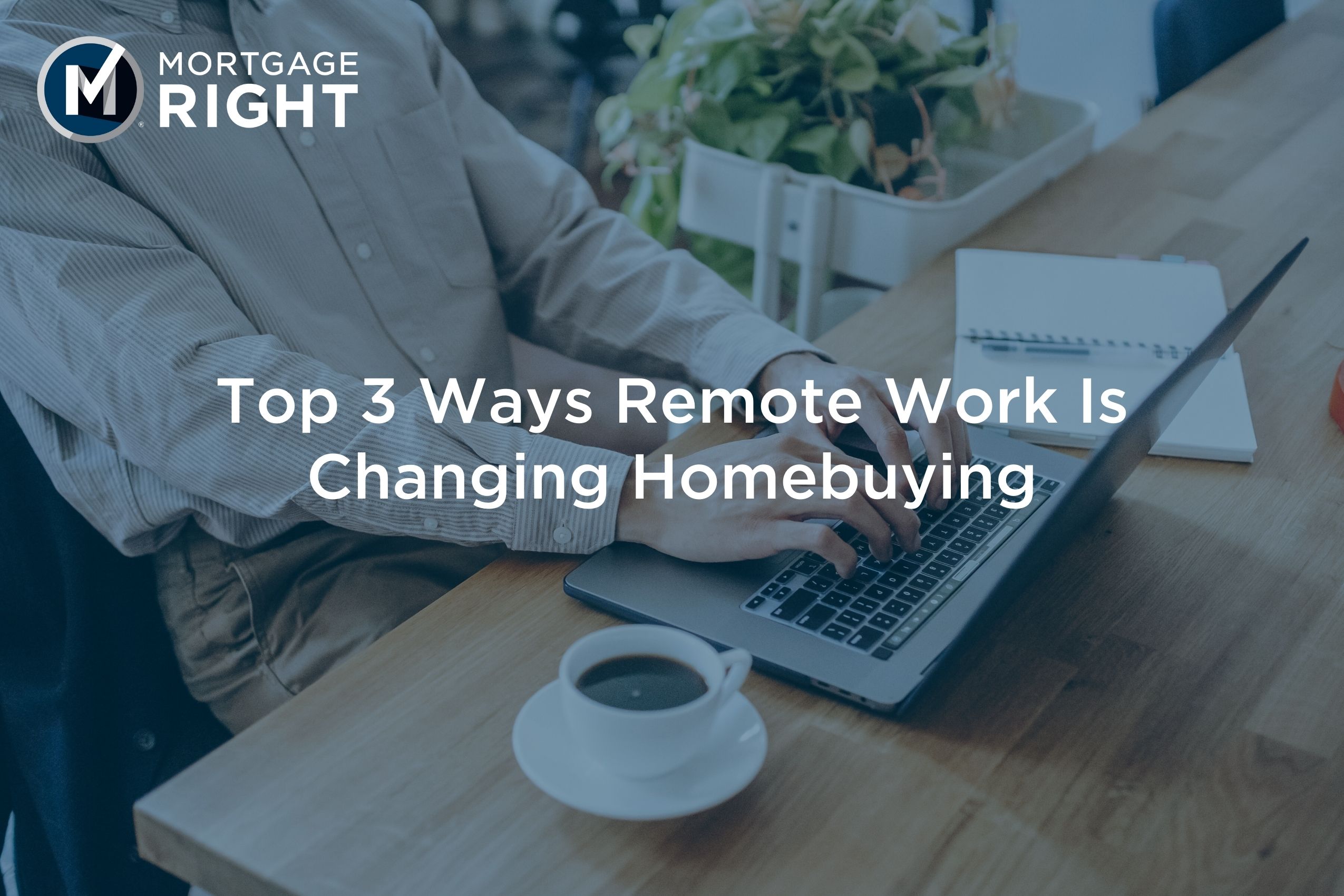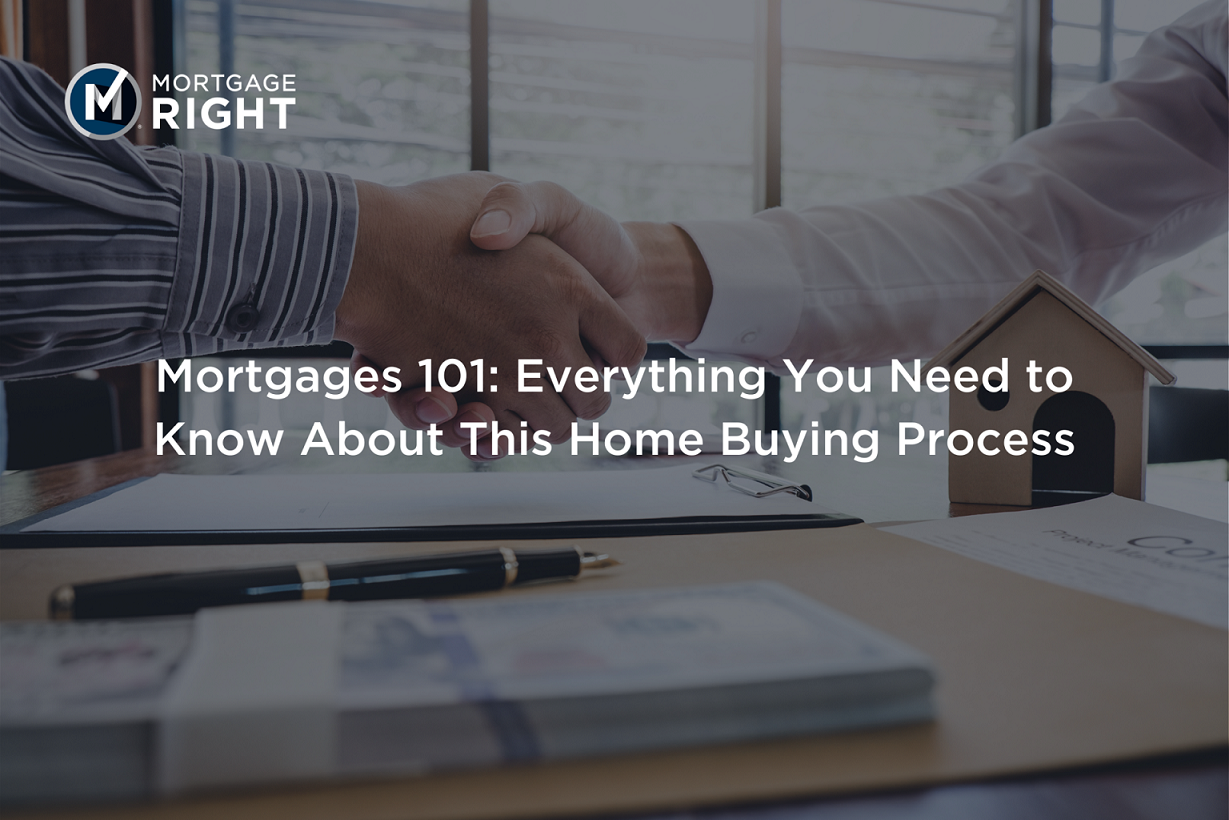
Throughout history, our home spaces have evolved alongside our workplaces. And as telecommunication and global connection continue to thrive, more people than ever are dropping the commute and firing up their laptops to put in a good day’s work. But what does this change in the workplace mean for up-in-coming homebuyers entering the housing market? Let’s find out!
How remote work is changing home-buying behavior
When searching for the perfect home, the commute to work has been an integral part of most homebuyers’ decision-making process, and that remains true in today’s home-buying landscape. A 2021 study done by Realtor.com provides insight into homebuyers’ willingness to trade in longer commute times for more affordable homes in more desirable areas.
But with the emergence of remote work across the nation, the “this-for-that” mentality has less influence on homebuyers. Homebuyers that originally struggled to find homes that fit both their price point and desired commute time now have the opportunity to be more flexible because:
- Majority of recent homebuyers (Gen Z, Millennials, Gen X) prefer remote work.
- About four-in-ten recent homebuyers work remotely due to pre- and post-pandemic conditions.
- Younger workers are driving real estate markets.
- Close to half of recent homebuyers report companies embracing remote work.
This is great news for homebuyers who want to forgo city living altogether while maintaining their current job. If you’ve had your eyes set on a suburban or rural area, the freedom that remote work provides (and the benefits of a USDA loan) can help you snag the home of your dreams.
More first-time buyers are entering the market
The influx of remote work is also helping individuals who could not otherwise purchase a home enter the housing market. According to Zillow, remote work could open the door to homeownership for nearly two million renters to buy starter homes in less expensive areas outside of the cities they work in.
The Mortgage Bankers Association explains how this reshaping of the housing market could take place. More than 10% of renters who may have struggled to afford a home within the city limits of San Francisco could afford a home within the metro area (but beyond an acceptable 5-day-per-week commuting distance). With current interest rates at an all-time low and the ability to move out of high cost-of-living areas, current renters who work remotely have more opportunities than ever to become homeowners.
In-home requirements are more specific
The areas people choose to live in aren’t the only thing changing with the rise of remote work. There is also a noticeable shift in what homebuyers are looking for in their homes.
Having a dedicated office space is a top priority for homebuyers working remotely. Homes with an extra bedroom, a finished attic or basement, or designated office space are beginning to overshadow previously sought-after amenities. Home theatres and gyms are losing their luster in this new era of home buying because the more time buyers spend working at home, the more willing they are to reap the benefits of an in-home experience from a public place.
Need a New Home to Work From?
No matter where you get your work done, any time is the RIGHT time to start your home-buying journey. If remote work has become a permanent part of your life, you don’t want to miss out on buying the perfect home for your needs. Re-invent what home looks like for you by getting a quote or pre-approval letter today.























